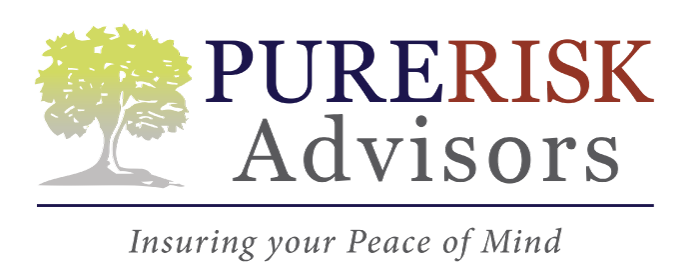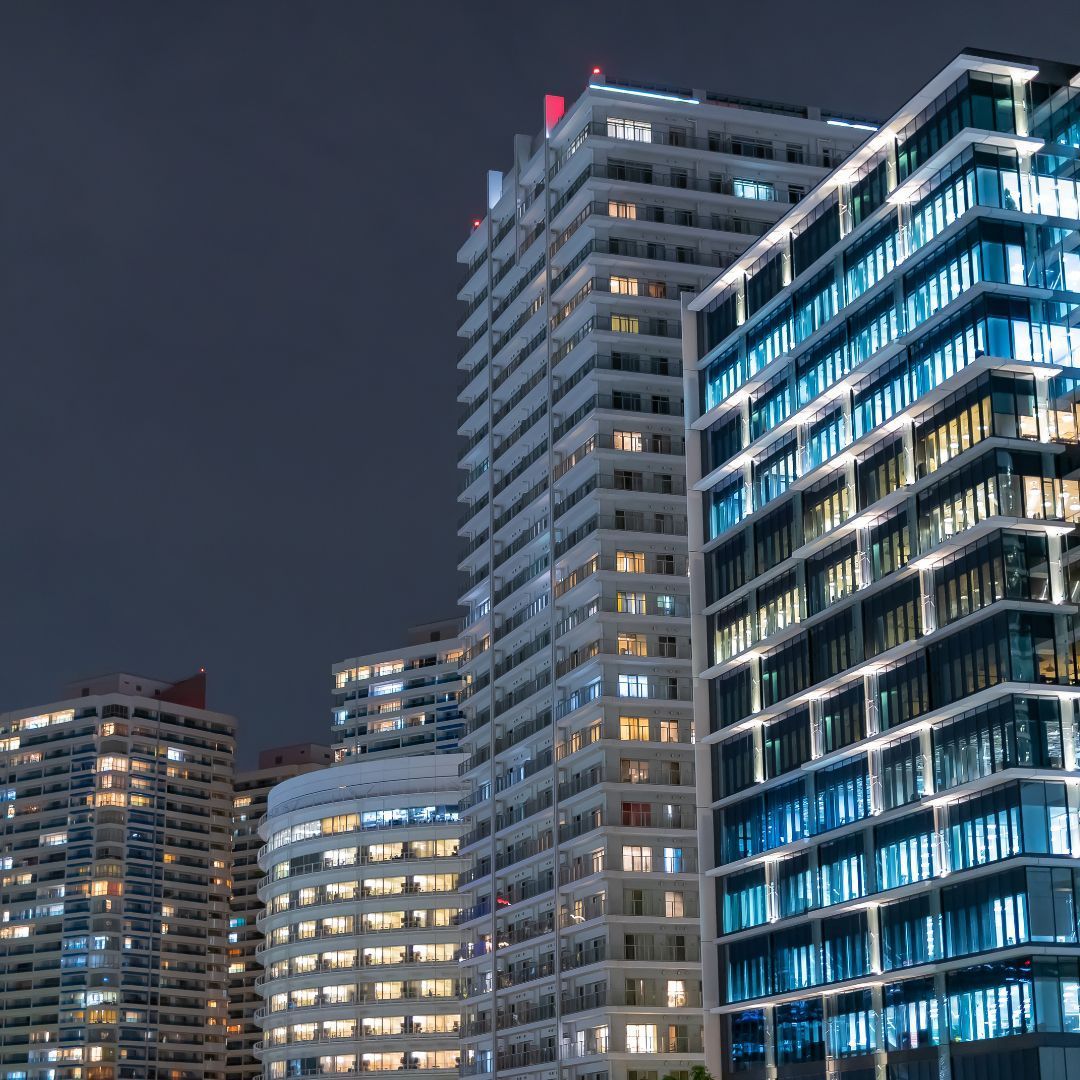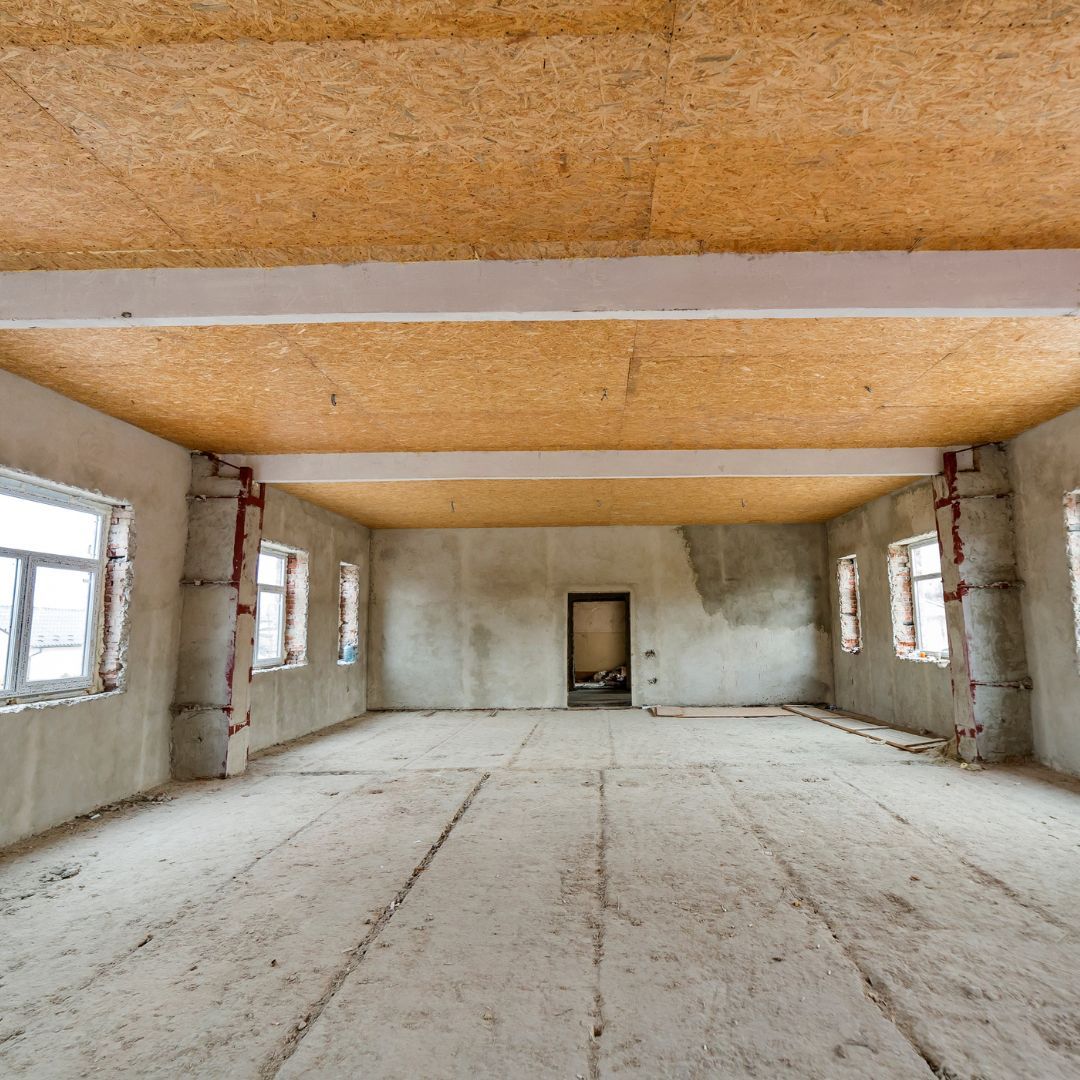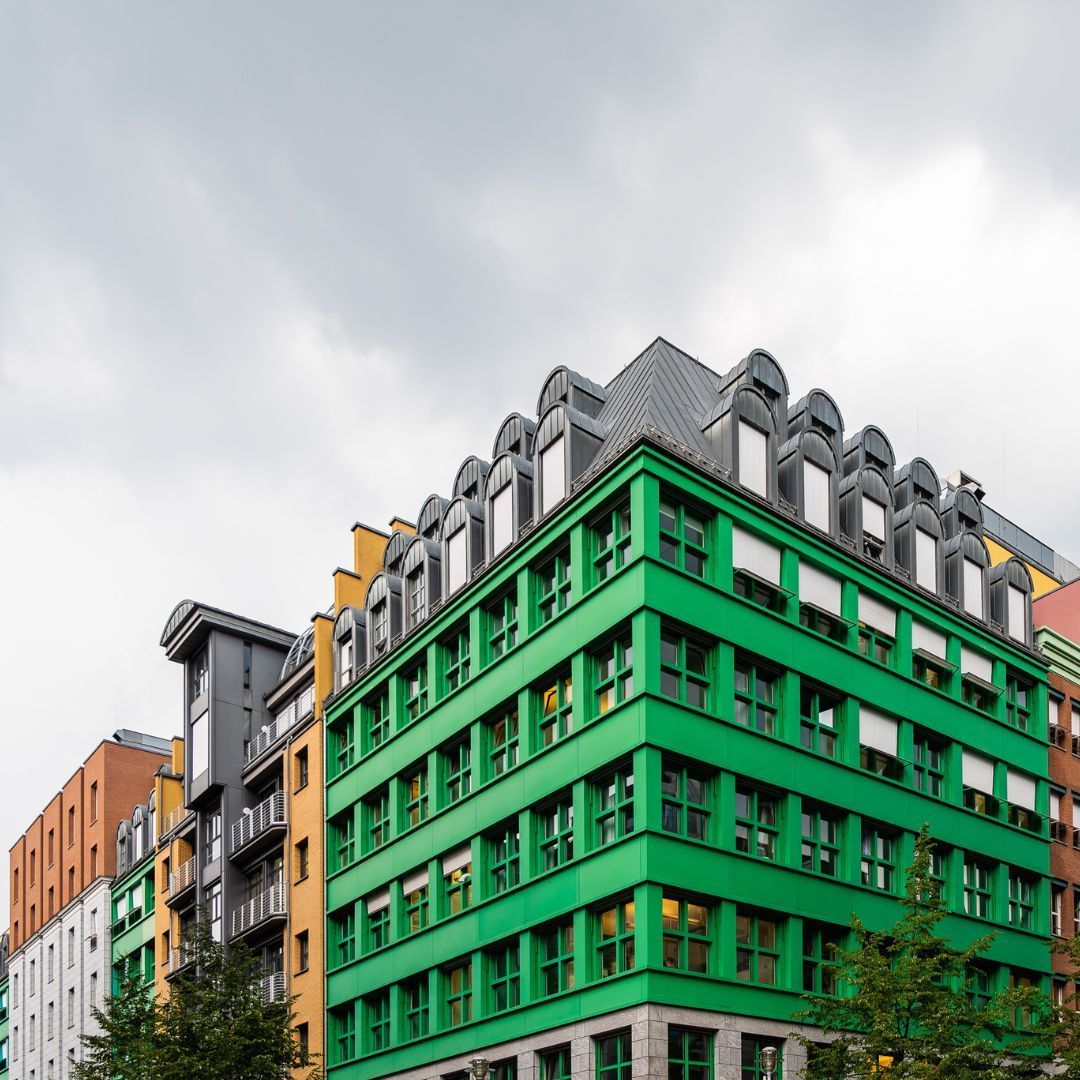The Risks of Underinsuring High-Traffic Bars and Nightclubs
See How We're Different
or call us: 303-834-1001
Imagine a bustling nightclub where hundreds gather to unwind, dance, and socialize. One slip, one altercation, or one data breach can spiral into a costly nightmare. Yet, many bar and nightclub owners operate with insurance coverage that falls short of the risks they face. Underinsurance is a hidden threat that can leave these businesses exposed to financial ruin, legal battles, and operational disruptions.
In Australia, for example, about 80% of property owners and 62% of small and medium-sized enterprises (SMEs) are underinsured, a statistic that rings alarm bells for hospitality venues relying on adequate protection to stay afloat. This vulnerability is far from isolated and echoes across markets worldwide, signaling a pressing need for bar and nightclub owners to reassess their insurance strategies. Hospitality insurance claim statistics reveal the scale of this issue and its potential consequences.
Why Bars and Nightclubs Face Unique Insurance Challenges
Bars and nightclubs are not your typical businesses. Their operating hours often stretch late into the night, sometimes morphing from casual dining spots into high-energy nightclubs. This transition increases the risk profile dramatically. Studies show that venues that "morph" into nightclubs during late hours see higher rates of patron intoxication, which correlates with increased incidents of violence, assaults, and even fatalities. These risks translate directly into insurance challenges.
Ricardo de Guzman, partner and chief innovation officer at Beyond Insurance, points out that Vancouver’s nightlife is approaching a liability crisis. Insurers are pulling back coverage as venues extend their operating hours, wary of the heightened risks. This trend is a warning sign for bar and nightclub owners everywhere: insurance is becoming harder to obtain and more expensive, especially if coverage does not reflect the true risk profile of the business. Vancouver nightlife insurance challenges highlight this growing problem.
The bar and nightclub industry’s rapid growth compounds these challenges. In the U.S., the sector is projected to generate $38 billion in revenue by 2025, fueled by a strong annual growth rate of 12.2% over the past five years. This expansion means more venues, more patrons, and inevitably, more claims. Without adequate insurance, these businesses risk devastating financial losses from lawsuits and property damage. Industry report on nightclub and bar insurance underlines the stakes involved.
Moreover, the nature of nightlife itself introduces additional complexities. Bars and nightclubs often host events that can attract large crowds, such as live music performances, DJ sets, or themed parties. These events not only increase the number of patrons but can also lead to overcrowding, which raises the potential for accidents and injuries. The presence of alcohol further complicates the scenario, as intoxicated patrons may engage in risky behaviors that can lead to altercations or accidents, increasing the likelihood of insurance claims. Consequently, venue owners must navigate a labyrinth of regulations and risk management strategies to protect themselves from the financial repercussions of such incidents.
Furthermore, the evolving landscape of nightlife is influenced by societal shifts and changing consumer behaviors. With the rise of social media, the reputation of a bar or nightclub can be impacted almost instantaneously by a single incident that goes viral. Negative publicity can deter patrons, leading to decreased revenue and heightened scrutiny from insurers. As a result, bar and nightclub owners are increasingly investing in security measures, staff training, and risk assessment protocols to mitigate potential liabilities. The challenge lies in balancing these investments with the need to maintain an inviting atmosphere that attracts customers, all while navigating the intricate world of insurance that continues to evolve alongside the industry itself.
The Hidden Costs of Underinsurance in High-Traffic Venues
Underinsurance may seem like a cost-saving tactic at first, but it can backfire spectacularly. When coverage limits fall short of actual losses, bar and nightclub owners must cover the gap out of pocket. This can include legal fees, medical expenses, property repairs, and even cyber breach costs. The financial strain of these unexpected expenses can lead to significant operational disruptions, forcing owners to divert funds from other critical areas, such as staff wages, inventory purchases, or marketing efforts. In a competitive industry where every dollar counts, the repercussions of underinsurance can ripple through the entire business, potentially leading to a decline in service quality and customer satisfaction.
Data breaches are an increasingly common threat in hospitality. In 2023, the average cost of a data breach in the hospitality industry reached $3.36 million, up 14% from the previous year. Many venues lack cyber insurance or underestimate the coverage needed to respond effectively. The fallout from a breach can include lost customer trust, regulatory fines, and expensive remediation efforts. For bars and nightclubs handling payment data and personal information, this risk cannot be ignored. The reputational damage from a breach can be particularly devastating; customers may choose to avoid venues that have experienced security incidents, leading to long-term revenue loss. Recent hospitality data breach statistics reveal how costly these incidents have become, highlighting the urgent need for robust cybersecurity measures and comprehensive insurance policies.
Slip and fall accidents top the list of lawsuits against bars and nightclubs. Crowded, dimly lit environments combined with intoxicated patrons create a perfect storm for these claims. Without sufficient liability coverage, owners face costly settlements or judgments. This risk is compounded by the fact that many businesses are misclassified by insurers, leading to inflated premiums or inadequate coverage. Shawn Holland, writing for Bar & Restaurant, explains that misclassification can leave owners financially vulnerable and operationally exposed. The consequences of such misclassifications can be far-reaching, as they may also affect the ability to secure future insurance or lead to higher rates. Owners must be diligent in understanding their coverage needs and ensuring that their business is accurately classified to avoid these pitfalls. Insurance misclassification in bars and restaurants is a critical issue that deserves attention.
Underinsurance Trends in Global Hospitality Markets
Underinsurance is not confined to one country or region. In the UK, over 40% of commercial properties are underinsured, with many businesses citing a lack of insurance knowledge as the primary cause. This gap in understanding leaves venues exposed to risks they may not fully appreciate or know how to mitigate through insurance. Similarly, Australian hospitality businesses show high rates of underinsurance, amplifying the potential for financial distress when claims arise. The lack of awareness regarding the importance of comprehensive coverage can lead to a false sense of security, where owners believe they are adequately protected when, in reality, they are not. UK hospitality underinsurance statistics provide a sobering perspective on this widespread issue. Furthermore, as the global economy continues to fluctuate, the risks associated with underinsurance become even more pronounced, underscoring the need for proactive risk management strategies in the hospitality sector.
Key Risks That Demand Proper Insurance Coverage
Understanding the specific risks high-traffic bars and nightclubs face is the first step toward securing the right insurance. These include:
- Liability Claims: Injuries from slips, falls, fights, or intoxication-related incidents are common. Liability insurance protects against lawsuits and medical claims.
- Property Damage: Bars and nightclubs often have expensive equipment, sound systems, and furnishings that need coverage against fire, vandalism, or accidental damage.
- Cybersecurity Breaches: Payment processing and customer data are prime targets for cyberattacks. Cyber insurance helps cover breach response costs.
- Business Interruption: Unexpected closures from damage or legal issues can halt revenue. Business interruption insurance helps cover ongoing expenses during downtime.
- Liquor Liability: Serving alcohol increases risks of accidents and legal claims. Specialized liquor liability coverage is essential.
Bars and nightclubs that transition into late-night venues face amplified risks, including increased patron intoxication and violence. This shift often requires additional coverage or endorsements to ensure full protection. Without it, owners might find themselves uninsured for critical incidents that occur during these peak hours.
Furthermore, the nature of nightlife entertainment brings unique challenges that can impact insurance needs. For instance, hosting live events or DJs can increase foot traffic and, consequently, the likelihood of incidents occurring. Event-specific insurance can be a prudent addition, protecting against potential liabilities that arise from performances or gatherings. Additionally, the presence of bouncers and security personnel, while essential for maintaining order, can also lead to claims related to excessive force or wrongful detention, underscoring the importance of having comprehensive liability coverage in place.
Another often-overlooked risk is the impact of local regulations and compliance issues. Bars and nightclubs must navigate a complex landscape of health and safety regulations, occupancy limits, and noise ordinances. Failing to comply can result in fines or forced closures, making regulatory compliance insurance a valuable consideration. This type of coverage can help mitigate the financial repercussions of legal disputes with local authorities, ensuring that business owners can focus on providing a safe and enjoyable experience for their patrons without the constant worry of potential legal entanglements.
How Underinsurance Can Derail Your Business
When insurance coverage does not match the actual risk, the consequences can be severe. Here are some scenarios where underinsurance can cause major problems:
1. Legal and Financial Exposure
A slip and fall accident leads to a lawsuit demanding $500,000 in damages. The bar’s liability coverage maxes out at $250,000. The owner must pay the remaining $250,000 out of pocket, potentially crippling the business financially. This scenario not only impacts the immediate cash flow but can also lead to increased scrutiny from lenders and investors, who may view the business as a higher risk. Furthermore, the owner may find it challenging to secure future financing or insurance at reasonable rates, compounding the financial strain.
2. Inadequate Cyber Coverage
A data breach exposes thousands of customer records. Without sufficient cyber insurance, the venue faces steep remediation costs, regulatory fines, and lost business. The average breach cost in hospitality now exceeds $3 million, making this risk too big to ignore. Additionally, the reputational damage following a breach can lead to a significant loss of customer trust, resulting in decreased patronage and long-term revenue decline. As customers become increasingly aware of data privacy issues, businesses that fail to protect sensitive information may find themselves at a competitive disadvantage.
3. Misclassification Leading to Premium Surprises
Incorrectly classifying a bar as a restaurant can inflate premiums or leave coverage gaps. This misstep often results in insufficient protection when claims arise and unexpected financial strain. Moreover, the nuances of insurance classifications can be complex; for instance, a bar that hosts live music may be categorized differently than one that does not, affecting coverage limits and costs. Owners must be diligent in reviewing their classifications with their insurance agents to ensure that they accurately reflect their operations and associated risks.
4. Business Interruption Without Backup
Fire damage forces a nightclub to close for repairs. Without business interruption coverage, the venue loses revenue and struggles to pay fixed expenses, increasing the risk of permanent closure. The aftermath of such an event can also lead to a loss of staff, as employees may seek more stable employment elsewhere during the downtime. Additionally, the costs associated with rebuilding and restoring the venue can escalate quickly, especially if there are delays in obtaining necessary permits or materials. This scenario underscores the importance of not only having business interruption coverage but also ensuring that it is adequate to cover potential losses during extended periods of inactivity.
Strategies to Avoid Underinsurance in Bars and Nightclubs
Proper insurance starts with understanding your business’s unique risk profile and working with knowledgeable brokers or agents. Here are practical steps to avoid underinsurance:
- Conduct Regular Risk Assessments: Update your insurance needs as your business evolves, especially if you extend operating hours or change your service model.
- Review Coverage Limits Annually: Inflation, asset purchases, and increased liabilities require periodic adjustments to policy limits.
- Seek Specialized Policies: General liability may not cover liquor liability or cyber risks. Look for endorsements or standalone policies tailored to hospitality risks.
- Clarify Business Classification: Ensure your insurer correctly classifies your venue to avoid premium surprises and coverage gaps.
- Educate Yourself on Insurance: Lack of insurance knowledge is a major factor in underinsurance. Take time to understand your policies and ask questions.
These strategies help safeguard your business against unexpected claims and losses, allowing you to focus on running a successful venue.
What to Remember About Underinsurance Risks
Bars and nightclubs operate in a high-risk environment that demands comprehensive insurance coverage. Underestimating these risks or skimping on coverage can lead to devastating financial consequences. With slip and fall lawsuits topping claims and cyber breaches rising sharply, the stakes have never been higher.
Industry experts warn that nightlife venues face growing challenges as insurers tighten underwriting standards. Staying ahead means being proactive about insurance, understanding your exposure, and securing policies that truly protect your business.
For those in the hospitality sector, especially owners of high-traffic bars and nightclubs, underinsurance is a risk that cannot be ignored. The right coverage is not just a safety net-it is a foundation for long-term success and resilience.
Learn more about the risks facing hospitality businesses and how to protect your venue by exploring hospitality insurance claim statistics and expert insights from industry leaders.
Frequently Asked Questions
Q: Why are bars and nightclubs more at risk for insurance claims?
A: Their late-night hours, alcohol service, and crowded environments increase the likelihood of accidents, violence, and property damage.
Q: What is the most common type of claim against nightclubs?
A: Slip and fall accidents are among the top reasons nightclubs face lawsuits and insurance claims.
Q: How does underinsurance affect my bar or nightclub?
A: It can leave you responsible for costs beyond your coverage limits, including legal fees, damages, and business interruptions.
Q: Can cyber insurance protect my venue?
A: Yes. Cyber insurance helps cover costs related to data breaches, including notification, fines, and recovery efforts.
Q: What should I do if my insurer misclassifies my business?
A: Talk to your insurance agent or broker to correct the classification and ensure your premiums and coverage accurately reflect your risks.
Q: How often should I review my insurance coverage?
A: At least once a year or whenever your business changes significantly, such as expanding hours or services.
Q: Is liquor liability insurance necessary?
A: Absolutely. It protects your business from claims related to alcohol service, which is a major risk factor in bars and nightclubs.













